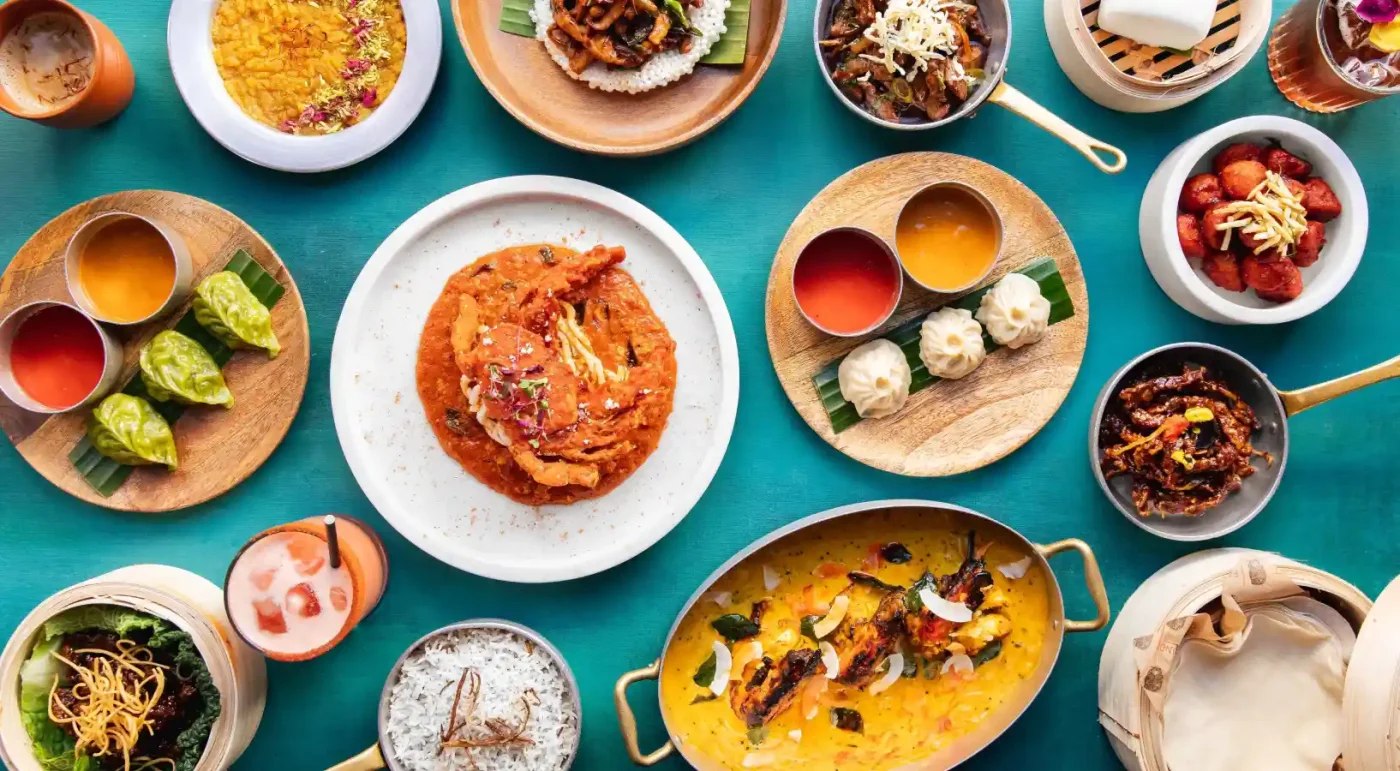In a bold move to conquer taste buds across Southeast Asia, Korean instant noodle giant Nongshim has struck gold with a groundbreaking collaboration in Thailand. Known for its fiery Shin Ramyun, the company partnered with Michelin-starred Thai chef Jay Fai to create Shin Ramyun Tomyum, a fusion of Korean spice and Thai tangy tom yum flavors. Launched in November 2023, the product has not only captivated Thai consumers but also signaled a new era for K-food exports, blending cultural authenticity with global appeal.
A Culinary Marriage of Flavors
Nongshim’s journey into Thailand’s vibrant food scene began with an ambitious vision: to adapt its iconic Shin Ramyun to local palates without losing the essence of Korean cuisine. The collaboration with Jay Fai, a celebrated chef whose Bangkok restaurant has hosted global icons like Alibaba’s Jack Ma and Apple’s Tim Cook, was a masterstroke. Together, they developed two versions of Shin Ramyun Tomyum—a soup variant and a stir-fry edition—that marry the bold, spicy beef broth of Shin Ramyun with the aromatic, sour punch of Thailand’s signature tom yum.
According to Kim Jun-tae, director of Nongshim’s Asia Sales Division, this partnership was far more than a marketing gimmick. It was a meticulous culinary exchange. “We sent our top researchers to Jay Fai’s restaurant multiple times to study her techniques and understand her flavor profiles” he shared. The process spanned over six months, with the chef even traveling to Nongshim’s headquarters in Seoul for tasting sessions to perfect the balance of flavors.
The result was a resounding success. Within eight months of its launch, Shin Ramyun Tomyum sold over 5 million units in Thailand. Social media buzz amplified its popularity, with launch events featuring celebrities and influencers. “It became so popular that people started reselling the Thai version in Korea” Kim noted, underscoring the product’s viral appeal.
Localizing a Global Brand
Nongshim’s strategy in Thailand reflects a broader approach to localization that has become a cornerstone of its global expansion. Southeast Asia, with its deeply ingrained noodle culture, presents both opportunity and fierce competition. To stand out, Nongshim has tailored its offerings to suit regional tastes while maintaining the core identity of Shin Ramyun. “Our approach is to anchor the Shin Ramyun brand locally, evolving it into a family of products with tailored flavor profiles” Kim explained.
This philosophy extends beyond Thailand. In halal markets, Nongshim offers chicken-based versions of its noodles. In other parts of Southeast Asia, stir-fried editions cater to local preferences, while spice levels are adjusted based on consumer feedback. “Countries like Thailand, Indonesia, and Malaysia tend to favor spicier options, while Japan, Taiwan, and the Philippines often prefer milder tastes” Kim observed. Variants like Shin Ramyun Red cater to heat seekers, while newer innovations like Shin Ramyun Toomba, infused with cheese, mushrooms, and garlic for a creamy texture, target evolving palates.
In Thailand, this strategy has elevated Shin Ramyun from a mere instant noodle to a premium, trendy product. Priced significantly higher than local brands—sometimes three to ten times more—it has become a fashionable choice among young consumers. “Korean ramyeon is seen as a premium item, not just because of the cost but because of its quality, packaging, and distinctive taste” Kim said. This perception is bolstered by a growing middle class in the region, eager to splurge on high-quality culinary experiences.
The K-Food Wave and Cultural Influence
Nongshim’s success in Thailand and beyond is inseparable from the broader wave of Korean cultural influence sweeping Asia. K-pop, K-dramas, and films have created a fertile ground for K-food to thrive, particularly among young, adventurous consumers. “Our core consumers are students and young adults, especially those influenced by K-pop and K-content” Kim emphasized. Marketing campaigns on social media are tailored to this demographic, amplifying the allure of products like Shin Ramyun.
A striking example of this cultural synergy is the global phenomenon of ‘Chapaguri,’ a dish combining Nongshim’s Chapagetti and Neoguri noodles, which gained fame after featuring in the Oscar-winning film Parasite. “We didn’t expect Chapaguri to gain such fame, but we quickly launched it globally to meet the demand” Kim recalled. Such moments highlight how Korean pop culture acts as a powerful catalyst for Nongshim’s international growth.
In Thailand, this cultural connection is particularly strong. Young consumers, already immersed in Korean entertainment, view Shin Ramyun as more than food—it’s a lifestyle statement. Some locals, Kim noted with a hint of amusement, even claim they can’t return to their country’s noodles after tasting Nongshim’s offerings.
Numbers Behind the Success
Nongshim’s international performance underscores the effectiveness of its localized approach. In 2024, the company reported total sales of 3.44 trillion won (US$2.6 billion), with exports to over 100 countries accounting for roughly 40 percent of revenue. Asia remains a stronghold: sales in Japan reached 13.5 billion yen (US$92 million) last year, with a target of 20 billion yen by 2026. Growth rates are impressive elsewhere too, with sales rising by 11.6 percent in Japan and 18.2 percent in Vietnam in the same period.
To keep up with soaring demand, Nongshim is ramping up production. It operates six domestic factories in South Korea and six overseas, including two in the US and four in China. A new production line was added to its US facility in October last year, and an export-only plant in Busan, set to open in 2026, will boost annual output to 6 billion units. The company is also making inroads into Europe, securing shelf space in major retailers like Leclerc and Carrefour, and establishing a sales office in Amsterdam earlier this year.
Innovation is another pillar of Nongshim’s strategy. Its factories now employ AI and deep learning to monitor everything from noodle texture to packaging quality. A dedicated global marketing team, launched last year, customizes campaigns for each region, ensuring cultural relevance in every market.
Challenges and Opportunities Ahead
Despite its triumphs, Nongshim faces challenges in maintaining its premium positioning while scaling globally. In highly competitive markets like Southeast Asia, balancing authenticity with affordability is a delicate act. Local brands often undercut on price, and consumer preferences can shift rapidly. Yet, Nongshim’s willingness to invest in culinary partnerships and innovation—such as its collaboration with Jay Fai—suggests a commitment to staying ahead of the curve.
Environmental and sustainability concerns also loom large for a company with such a vast manufacturing footprint. While Nongshim has not publicly detailed specific green initiatives, the use of AI in production hints at efforts to optimize resources and reduce waste. How it addresses these issues could shape its reputation among increasingly eco-conscious consumers.
Looking to the future, Nongshim remains focused on its mission to make Korean ramyeon a household name worldwide. Expansion into Europe, South America, Africa, and Oceania is underway, with each market presenting unique opportunities to adapt and innovate. “We’re still in the early stages of building a premium, trendy image for Korean ramyeon among young consumers globally” Kim said. If Thailand’s success is any indication, the future indeed looks promising.
As Nongshim continues to blend Korean flavors with local tastes, its story serves as a testament to the power of cultural fusion in the global food industry. For now, fans of Shin Ramyun Tomyum in Thailand and beyond await the next delicious chapter.
















